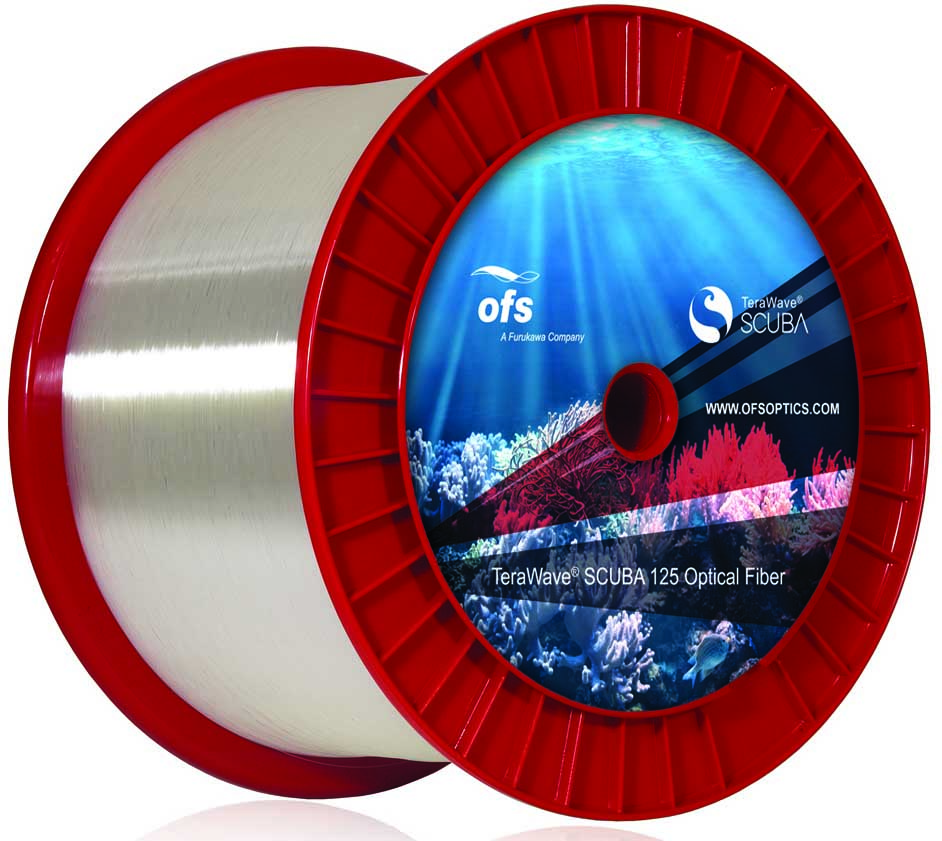Optical Fibers With Embedded Sensors Dissolve After Monitoring Inside the Human Body
Leave a Comment Placing sensors inside the human body can help researchers and physicians to understand and treat a variety of medical conditions. However, while implanting a sensing device may be routine, having it remain in the body long enough to perform its job and then be safely removed is an entirely different and significant challenge.
Placing sensors inside the human body can help researchers and physicians to understand and treat a variety of medical conditions. However, while implanting a sensing device may be routine, having it remain in the body long enough to perform its job and then be safely removed is an entirely different and significant challenge.
Now a team of Italian and Greek researchers have embedded fiber Bragg gratings, a type of device that reflects certain light wavelengths and can be used as a sensor, inside of dissolvable optical fibers. This new technology may allow the long-term monitoring of the biomechanical and chemical properties of various organs and anatomical features inside the body.
Fiber Bragg gratings placed into optical fibers are routinely used to measure stresses placed on bridges, commercial airliner wings and other areas where detailed, real-time monitoring is critical. The newly-developed fiber Bragg gratings are able to break down, similar to absorbable sutures and, because they have been embedded into optical fibers that are also bioresorbable, they should be safe for use inside the body. Ideally, they would be implanted, left inside the body to perform sensing and eventually disappear completely without the need for removal. (more…)
Catch the Wave with TeraWave® SCUBA 125 Ocean Optical Fiber
Leave a Comment OFS expanded its ocean product portfolio by introducing the new TeraWave SCUBA 125 Optical Fiber at the OFC Conference in San Diego, California, held March 12-15.
OFS expanded its ocean product portfolio by introducing the new TeraWave SCUBA 125 Optical Fiber at the OFC Conference in San Diego, California, held March 12-15.
This latest submarine fiber from OFS is optimally designed to deliver excellent performance for coherent transport submarine systems. The effective area of TeraWave SCUBA 125 Fiber is matched to terrestrial G.654.E fibers for reliable performance from the ocean landing site to terrestrial networks. In addition, this fiber offers outstanding cabling performance in the C- and L-bands along with world-class attenuation.
The effective area of 125 square-microns reduces non-linearities, enabling the launch of higher signal power when compared to G.652 fibers as well as most G.654.B fibers, while the ultra-low attenuation of ≤ 0.158 dB/km (average) reduces signal noise. Together, these capabilities enable the launch of higher signal power into the span and lower amplifier noise. This, in turn, allows higher transmission speeds with more wavelengths over trans-Atlantic distances than ultra-low-loss G.652 fibers. (more…)
THE HEAT IS ON WITH PYROCOAT® K OPTICAL FIBER
Leave a Comment With the growing need to accurately monitor processes in harsh environments, optical fibers are becoming an essential element within monitoring systems, both as the communications line and as the sensing element. Optical fiber sensors have been widely adopted and used in pipeline monitoring, perimeter monitoring, heat detection and structural monitoring systems, all of which operate within the typical 45 °C to 85 °C temperature range of a standard optical fiber.
With the growing need to accurately monitor processes in harsh environments, optical fibers are becoming an essential element within monitoring systems, both as the communications line and as the sensing element. Optical fiber sensors have been widely adopted and used in pipeline monitoring, perimeter monitoring, heat detection and structural monitoring systems, all of which operate within the typical 45 °C to 85 °C temperature range of a standard optical fiber.
However, as industries push their sensing requirements into environments such as those found in oil wells (for downhole measurement) and nuclear reactors, there is a need for optical fibers that can tolerate these extremely high temperatures and challenging environments.
Specifically developed for harsh temperature sensing and communications environments, the new PYROCOAT K Optical Fiber is up to the challenge. This mechanically-strong fiber features an improved coating that provides excellent thermal stability, enabling wider operating temperatures than other commercially available polymer-coated fibers. In fact, the PYROCOAT K Optical Fiber provides reliable performance even when subjected to extreme, long-term, high temperature exposure. (more…)

